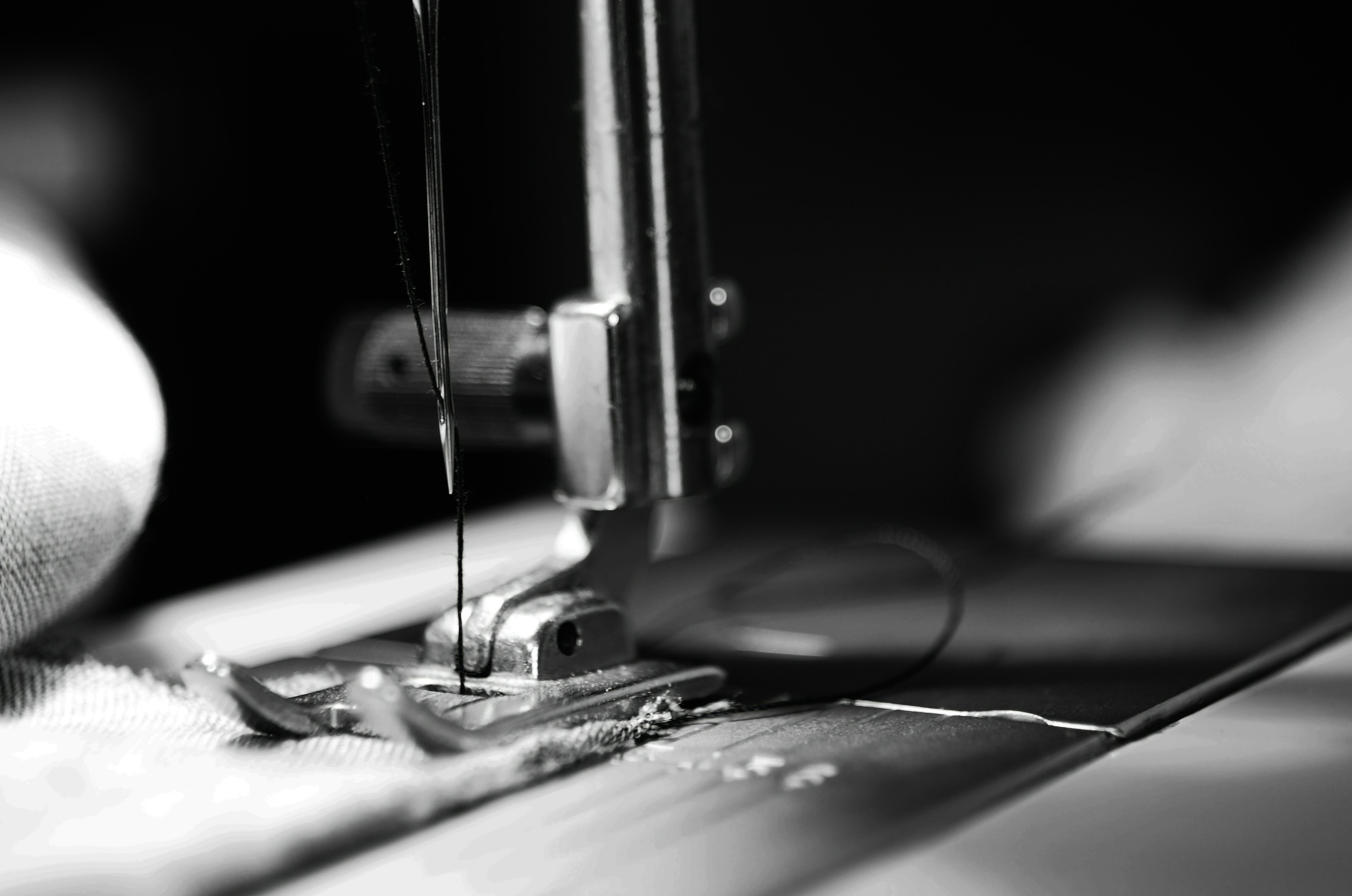Micro-Mending: Fashion's Quiet Revolution in Product Longevity
Fashion's relentless pace has conditioned us to discard rather than repair. Yet beneath the radar, a sophisticated movement is emerging where precision repair techniques transform damaged garments into treasured pieces with extended lifespans. This micro-mending approach isn't your grandmother's darning—it's an elevated craft combining traditional skills with modern aesthetic sensibility, creating invisible repairs or intentionally beautiful fixes that add character and years to your wardrobe. As consumers increasingly question disposable fashion, these meticulous techniques offer a refined alternative that marries sustainability with style in ways that feel luxurious rather than merely practical.

The Fine Art of Invisible Repairs
Micro-mending represents the highest echelon of garment repair, where the intervention becomes virtually undetectable. Unlike conventional mending that often leaves visible evidence, these techniques require specialized tools and exceptional attention to detail. Professional micro-menders utilize surgical-grade needles, specialized lighting, and magnification tools to perform reconstructive work on fibers. The process involves carefully reweaving individual threads to match the original pattern and tension of the fabric—a process called French reweaving that dates back centuries but has been refined for contemporary garments. Luxury retailers like Loro Piana and Brunello Cucinelli have integrated these services into their customer care programs, recognizing that extending the life of premium pieces enhances brand loyalty and perceived value.
Beyond Invisibility: Visible Mending as Fashion Statement
While invisible repairs serve those seeking pristine restoration, another branch of micro-mending celebrates the garment’s history through intentionally visible repairs. This approach transforms damage into design elements through techniques like sashiko (Japanese decorative reinforcement stitching), boro (patchwork mending), and contemporary embroidery overlays. High-fashion designers including Junya Watanabe and Maison Margiela have incorporated these visible mending aesthetics into runway collections, elevating repair from necessity to artistic statement. The technique creates unique garment narratives—each repair telling a story of the item’s journey and resilience. Fashion forecasters report growing consumer interest in clothes with character and history, positioning visibly mended pieces as uniquely authentic in an era of mass production.
The Technical Renaissance: Tools and Techniques
The micro-mending movement has sparked innovation in tools designed specifically for precision repairs. Specialized needle sets featuring ultra-fine gauges allow work on delicate fabrics like silk and cashmere without creating additional damage. Advanced adhesive technologies developed for medical applications have been adapted for fabric repair, creating bonds at the fiber level without stiffness. Color-matching has evolved beyond simple thread selection to include custom-mixed fabric dyes and specialized pens that can recreate complex patterns and fades with remarkable accuracy. Professional micro-menders often train for years to develop the manual dexterity and material knowledge required, with many coming from backgrounds in surgical techniques, fine arts, or textile conservation rather than traditional tailoring.
The Economics of Extended Wear
Micro-mending challenges conventional fashion economics by dramatically extending garment lifespans. Cost analysis reveals that professional repair services, while initially appearing expensive, typically represent just 5-15% of replacement cost for quality garments. The highest-end repair services for luxury items can preserve investments worth thousands, particularly for limited edition or discontinued pieces that cannot be replaced at any price. This economic equation becomes increasingly favorable as consumers shift toward fewer, better-quality purchases—a trend particularly pronounced among millennial and Gen Z fashion enthusiasts who prioritize longevity over quantity. Industry analysts note that brands offering comprehensive repair services report higher customer lifetime value and improved brand perception, suggesting that mending capabilities may become a standard component of premium fashion branding.
The Social Dimension: Communities and Skills Exchange
Beyond individual practice, micro-mending has spawned vibrant communities focused on skill development and knowledge sharing. Digital platforms like Instagram accounts dedicated to repair techniques regularly attract hundreds of thousands of followers, while in-person repair cafés have emerged in urban centers worldwide. These gatherings serve dual purposes: facilitating hands-on learning while creating social connections around sustainable consumption practices. Fashion schools including Central Saint Martins and Parsons have introduced specialized courses in advanced repair techniques, recognizing that future designers need to consider product longevity as a core design principle. The community aspect transforms what could be solitary maintenance work into a collaborative creative practice, with repair sessions becoming social events that combine practicality with pleasure.
Mastering Micro-Mending: Essential Techniques
-
Keep thread libraries of different weights, compositions and colors extracted from seam allowances or hems when possible for perfect matches
-
Invest in proper lighting—a color-corrected lamp with magnification makes precision work possible even on dark fabrics
-
Practice “stabilization mending” by applying nearly invisible interfacing behind damaged areas before attempting repairs
-
Document damage with photographs before beginning work to better understand the fabric’s original structure
-
Use surgical-grade tweezers to manipulate individual fibers when reweaving worn areas
-
For knits, learn duplicate stitch technique that mimics the original knit structure rather than simply sewing holes closed
-
Maintain a humidity-controlled environment for working with natural fibers, as they respond better to manipulation when properly hydrated
The ascendance of micro-mending represents a subtle yet profound shift in our relationship with clothing. As technical repair skills become more valued and visible in fashion circles, we’re witnessing the rehabilitation of maintenance as something aspirational rather than merely necessary. This movement doesn’t reject fashion’s creative impulse—instead, it expands it to include the entire lifecycle of garments, finding beauty and meaning in preservation. For the style-conscious consumer navigating an increasingly complex fashion landscape, micro-mending offers a compelling proposition: clothing that grows more personal, more valuable, and more distinctly yours with every careful repair.





